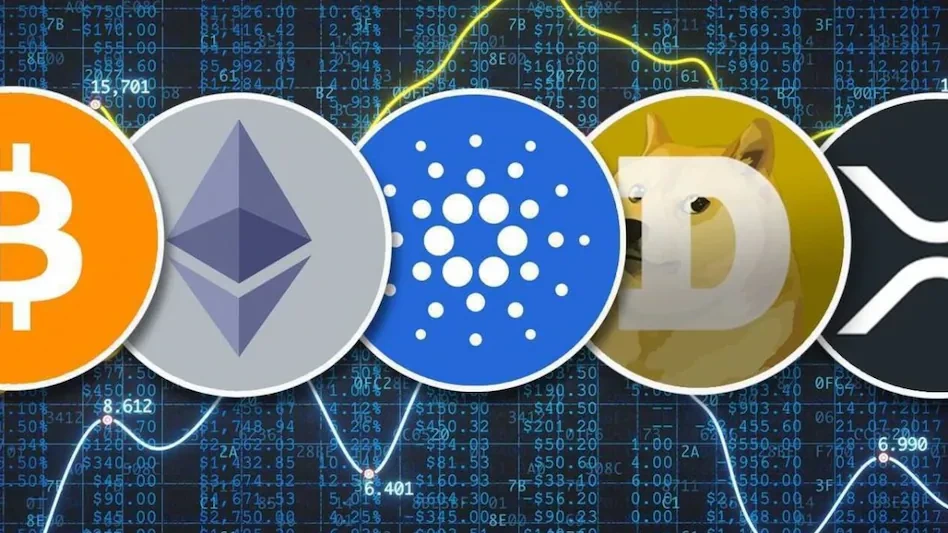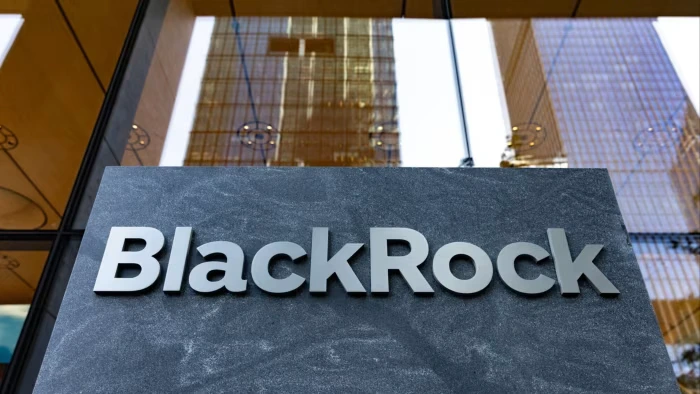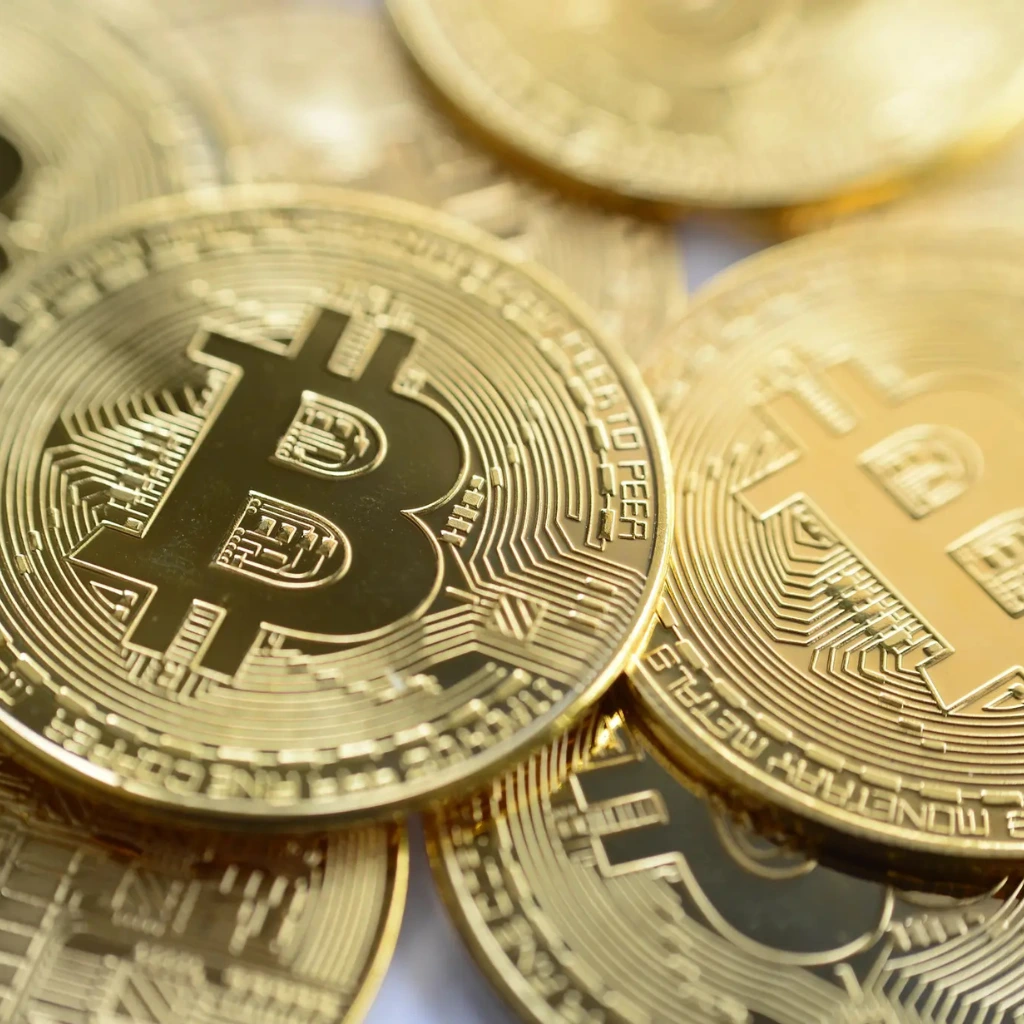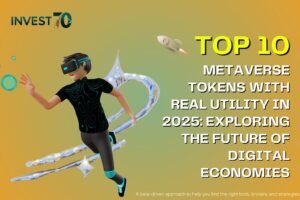What If You Could Tokenize Real Assets? Here’s How That Might Change Everything
What If You Could Tokenizing Real Assets? Here’s How That Might Change Everything
Imagine a world where you don’t need to be a millionaire to invest in luxury apartments, rare artwork, or even a barrel of fine whiskey. What if you could buy part of these real-world assets — just like you buy stocks or crypto — and own a share that lives digitally on the blockchain? This isn’t sci-fi. This is the future many are betting on. It’s called tokenizing real assets, and it’s already unfolding.
But what would it really mean if it took off? Let’s explore the “what ifs.”


What If Tokenizing Real Assets Ownership Became Fractional — and Frictionless?
Picture this: Instead of needing $500,000 to buy a condo in Manhattan, you invest $5,000 in a token that represents a slice of that same property. You don’t have to deal with realtors, banks, or endless paperwork.
Your token lives on the blockchain. It represents ownership. You can sell it, hold it, or maybe even collect rent-based income from it — depending on how the asset is structured.
Now stretch the idea further: what if any physical item could be digitally divided and shared? A Picasso. A vineyard. A warehouse in Tokyo.
Suddenly, the barriers to investing in high-value assets collapse.
What If Anyone, Anywhere Could Participate in Tokenizing Real Assets?
Tokenizing real assets could open global markets. No borders. No exclusivity.
A student in Kenya could co-own a piece of a Berlin apartment. An engineer in India might invest in a whiskey cask aging in Scotland. Investors everywhere could access opportunities previously locked away by geography or wealth.
The result? A more inclusive, more liquid, and more efficient investment ecosystem.
But What If the Rules Aren’t Clear?
Here’s the flip side: What if regulation doesn’t keep up?
If your token says you own a fraction of a gold bar in a Swiss vault… who enforces that? What if the vault disappears? Or the platform shuts down?
The question isn’t just can we tokenize — it’s how do we guarantee that tokens are truly backed by what they claim?
Right now, regulation is inconsistent. In some regions, tokenized assets may be considered securities, triggering compliance hurdles. In others, there’s barely any guidance at all.
So what if — until laws catch up — this innovation remains stuck in a gray zone?


What If Infrastructure Matures?
Let’s say the legal side gets sorted. What if custodians, digital ID systems, and token marketplaces evolve into reliable infrastructure?
That’s when things get really interesting. Suddenly, buying, trading, and securing asset-backed tokens becomes as easy as managing a PayPal account. People could manage entire investment portfolios of real-world assets — all from their phone.
It’s not far-fetched. Platforms already exist for real estate, precious metals, and even fine art. But at scale, this could redefine finance.
What If the Concept Goes Mainstream?
Tokenized assets are already creeping into mainstream conversation. From luxury real estate in Dubai to carbon credits and Banksy prints, early adopters are proving it can work.
But what happens if big players — like BlackRock or Goldman Sachs — jump in with full force? What if banks start offering tokenized asset portfolios? What if your retirement account includes tokenized farmland and whiskey bonds?
The idea moves from niche to norm.

What If It’s Overhyped?
Let’s also entertain this: what if it fizzles out?
Not every tokenized asset will succeed. Some projects may be scams. Others may suffer from low liquidity or poor legal frameworks. Just because the tech works doesn’t mean the market will follow.
So while the possibilities are huge, so are the pitfalls. Tokenization isn’t a magic wand. It’s a tool — and like any tool, it’s only as good as how we use it.

Final Thought: What If You’re Early?
What if all of this — tokenizing real assets, democratizing ownership, breaking investment barriers — is still in its early innings?
That’s where we are now: early-stage, slightly clunky, but undeniably promising.
If you’re someone who likes to spot trends before they hit the mainstream, this might be worth watching. Or even trying — carefully.
Because someday soon, you might not just scroll past the phrase “tokenized real estate” — you might own a piece of it.
And maybe… just maybe… that old Rolex in your drawer isn’t just a watch. What if it’s your next digital asset?
Relevant Link : Here




